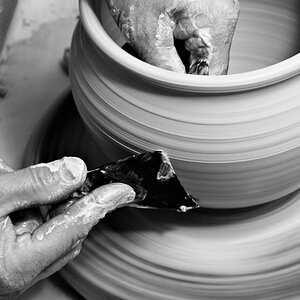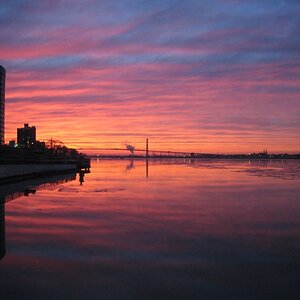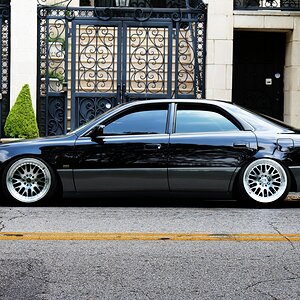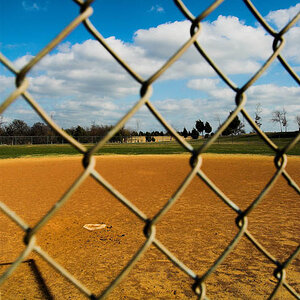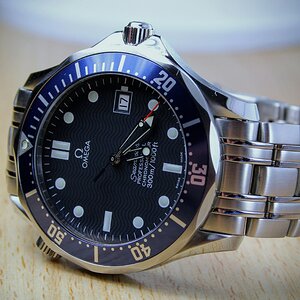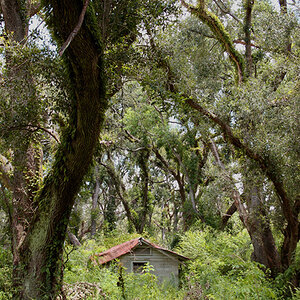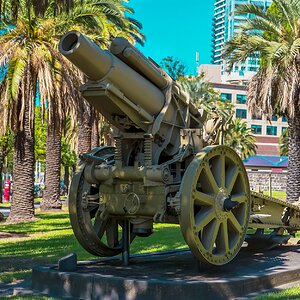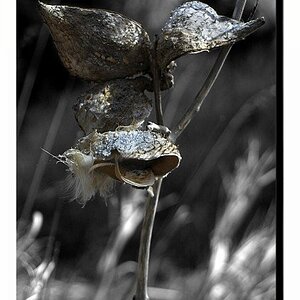WileyP
TPF Noob!
- Joined
- Jun 29, 2010
- Messages
- 1
- Reaction score
- 0
- Location
- Portland
- Can others edit my Photos
- Photos NOT OK to edit
Hey everyone. I had a question about getting a proper cb with my Nikon FE2. I am a cinematographer so I understand the concept of color temps. I received a large box full of Kodak Ultramax film for Christmas. I found out that this film should shoot in any lighting situation but I still come out with orange, blue, and green pictures. I was wondering if I could trick the camera by shooting through colored gels to counter the locations lighting. What are the best options at hand to handle this situation?


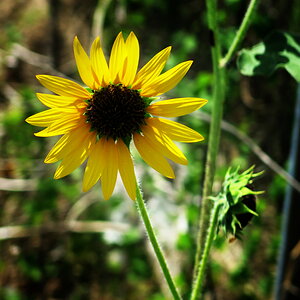
![[No title]](/data/xfmg/thumbnail/30/30868-01a498267fd96ce5b2d98347458d3903.jpg?1619734486)
